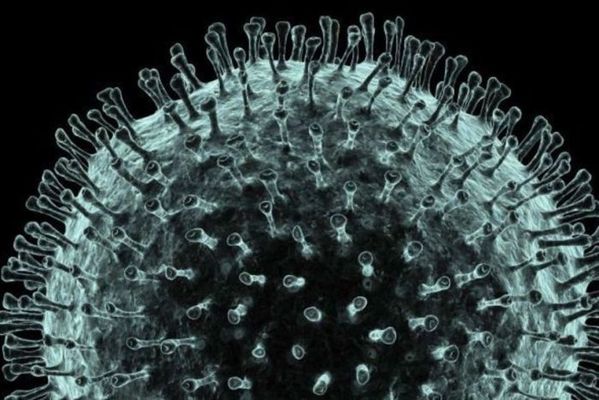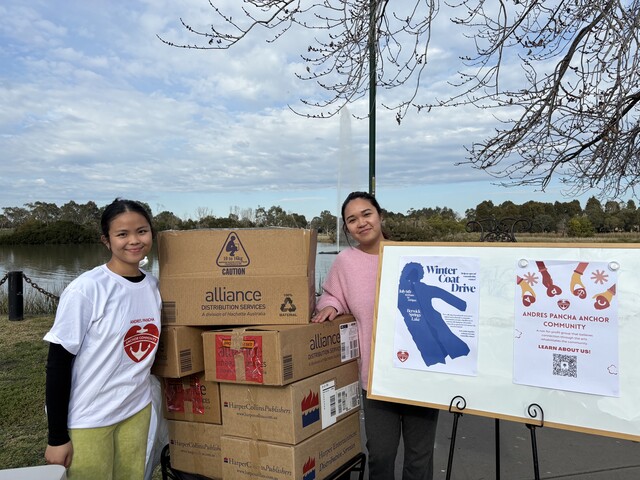Two patients have overnight become Victoria’s first coronavirus fatalities, as recorded cases rose to 520.
Victoria’s Chief Health Officer Brett Sutton on 26 March confirmed the death of two men in their seventies.
Meanwhile, recorded Covid-19 infections rose by 54 in the past 24 hours – an escalation that had “stabilized” in recent days.
Professor Sutton has warned that modelling showed potentially half of Victoria’s population could be infected at the virus’s peak in May and June, with hundreds of thousands of new cases a day.
Overseas cases showed about 20 per cent of infected people requiring hospitalisation.
Ms Mikakos said the figures underlined the need to suppress the virus as well as add resources to Victoria’s health care system.
“Our health system is only able to cope if we have a high level of compliance (with coronavirus restrictions).”
The state’s elective surgery blitz is being wound up. Elective surgery for the least urgent category 3 and most of the category 2 procedures were halted as of midnight on 25 March.
The elective surgery clampdown would not affect emergency surgery or category-one surgeries, including heart, neurological and cancer procedures.
“We are making these decisions in order to protect patients, health care workers and their families from this deadly virus,” Ms Mikakos said.
“Everybody has a role to play in slowing the spread of coronavirus and to take the pressure off our health system. Our message is clear: if you can, you must stay at home.”
Ms Mikakos recently announced extra beds being prepared such as the former Peter Maccallum Hospital and a near-completed new wing at Casey Hospital.
The Government has been urging retired nurses and paramedics to “get back on the tools”, as well as ordering millions of protective masks for health care workers.
Ms Mikakos said two patients – one aged in their thirties – were receiving intensive care in hospital. It confirmed that Covid-19 was “not an elderly person’s disease”.
It had landed people in their twenties, thirties, forties and fifties in overseas ICU treatment, she said.







